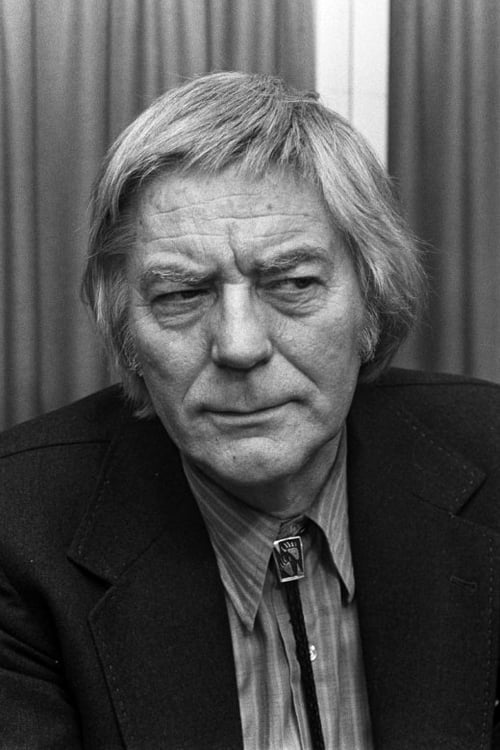Fanfare (1958)
Жанр : комедия, музыка
Время выполнения : 1Ч 26М
Директор : Bert Haanstra
Краткое содержание
In the small Dutch village of Lagerheide, two members of the local brass band get into a fight, forcing the band to be split in two. The two hotheads and their followers are doing their utmost to sabotage each other’s attempts at becoming the band who will represent the village at the upcoming brass band competition.

Маленькая девочка бродит по утрам в одиночестве по шумному городу в поисках белых колокольчиков, которые она заметила в витрине цветочного магазина. Этот фильм ознаменовал рождение нового языка кино в латышском кинематографе.

Анимационный боевик от югославского режиссера Душана Вукотича, одного из крупнейших деятелей югославского киноискусства и представителя так называемой загребской школы в мультипликационном кино. В «Игре» широко используется средства современного изобразительного искусства, в частности, графики. Сюжет рассказывает о двух детях, мальчике и девочки, которых полностью захватила увлекательная игра в рисование. Юные художники соревнуются между собой и каждый пытает нарисовать рисунок лучше прежнего, причем прямо поверх предыдущего художества.

This is a short film that, although a documentary in appearance, has very little to do with the generic conventions of that form. It would seem, then, that what we have here is the embryo of what he was subsequently to call the "elementary": an abstract or lyrical modality in the perception and exposition of the real.

Two weeks after the bombing of Hiroshima and Nagasaki, in August 1945, Indonesian Independence leaders proclaimed “Indonesia Merdeka!” ‘Freedom for Indonesia’ and an end to Dutch colonial rule over the Netherlands East Indies. Internationally renowned Dutch filmmaker Joris Ivens, in Australia as Film Commissioner for the Netherlands East Indies government in exile, resigned his position in protest against Dutch policy, which sought to re-impose its colonial rule. In collaboration with Indonesian activists, Chinese, Indian and Australian trade unionists, and local artists and filmmakers, Ivens made Indonesia Calling, a film documenting the crucial role of Australian trade union support in the establishment of the new Republic of Indonesia. Ivens’ film was an activist documentary; it actively contributed to the events it depicted. All those who worked on it became ‘adversely known’ to the security services.

A poetic ode to the River Seine, Ivens' distinguished camera eye surveys its lively banks and step-stone canals with a vérité candor, a beguiling elan.

Made as a relief worker's master's thesis, this documentary chronicles the difficulties of rebuilding a community in post-Pol Pot Cambodia
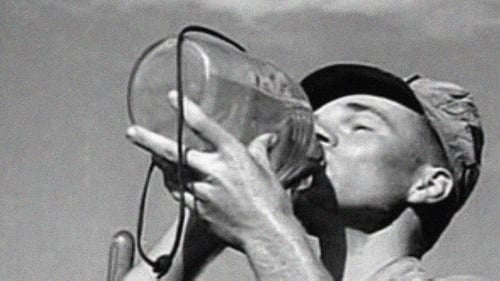
A documentary showing the struggle to bring electricity to rural areas of the United States.

Dan Drasin's documentary short, shot in a single afternoon in 1961, is often cited as the first major social protest film of the Sixties. When 19-year-old Drasin and his friends joined folk singers and protesters in Greenwich Village's Washington Square Park, they confronted NYC authorities to protest the cancellation of a standing permit to gather and sing in the park on Sundays. Here are the first signs of the political, racial and cultural issues that would soon erupt during the decade.
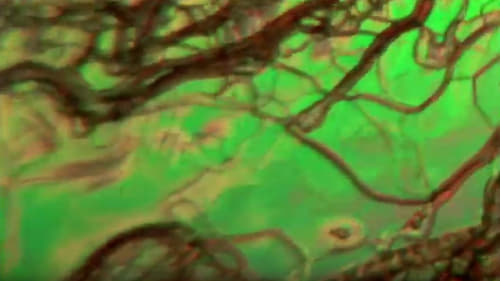
Title cards introduce images we watch without narration; they are displays of shape and color. François de Roubaix's electronic music accompanies these images, photographed under a polarizing microscope. The crystals appear to move like tiny organisms: small four-part fans share the frame with flowing lines of pink. Multiple patterns appear side by side.

Inhabitants depicts animals in panic: the film is mostly filled with shots of mass migrations and stampedes (some, surprisingly, filmed from a helicopter). The title equalizes the species of the earth. Artavazd Peleshian merely alludes to the presence of human beings—a few silhouettes that seem to be the cause of these vast, anxious movements of animal fear. In many ways, this film is an ode to the animal world that moves toward formal abstraction, with clouds of silver birds pulverizing light. Peleshian said, “It’s hard to give a verbal synopsis of these films. Such films exist only on the screen, you have to see them.”

Poetic essay about the beginning of life from labor pains and birth and about its symbolic meaning.

In 1952, Haanstra made Panta Rhei , another view of Holland through the eyes of a painter and filmmaker. Its poetic images of water, skies and clouds reflect Haanstra's own moods.

The Hefbrug may not be a remarkably beautiful bridge, but through a mix of close-ups, long shots, bird’s eye views and low angles, Joris Ivens conveys a sense of the bridge’s structure, its intricate mechanisms and ways of operating, the way it fits into the overall transport infrastructure and therefore the immense importance of this bridge for the whole city of Rotterdam.
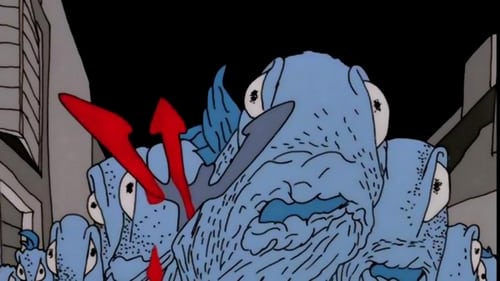
A fishing village falls prey to a nightmare revenge from the sea. Award-winning Yugoslavian animated short film.

An octopus slithers into a narrow crack near the shore; we see its eye up close. It feeds on a crab. In spring it's time to mate. A male grabs a female; he inserts his third arm in her respiratory cavity. We watch another pair: a larger female is the aggressor here. Mating is repeated over hours and days. The female releases strings of fertilized eggs that hang from the roof of a nest. She guards her spawn for a month, fanning the strings to circulate water for oxygen and cleanliness.

Short film by Zbigniew Rybczyński.

A beautiful but ailing girl is married to a harsh man who doesn't care for her. Only after she dies does he realize that he actually loves her.
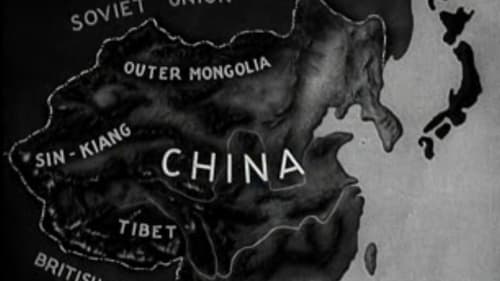
The 400 million people of China are heirs to a great civilization, as their pagodas and stone lions can attest. But they are under attack from the Japanese. Civilian refugees walk, stumble, crawl to escape the destruction of their cities... While in the China of tradition, water buffalo still work the paddies and camels cross the desert, modern China is now a republic founded by Dr. Sun Yat-sen, with modern schools, heavy industry, large engineering projects... The government of Chiang Kai-shek resists the Japanese invasion from the coast. Madame Chiang receives a cheque from the U.S.A. for war relief. War production continues in distant villages safe from the grasp of the Japanese. With modern weapons the Chinese are pursuing their struggle behind enemy lines. And still their opponent persists in his reprisal bombings of civilian targets. "Will these people win?"

An avant-garde montage of a boxing match, based on a poem by Paul Werrie.

This is the subject of ongoing discovery of the beauty of the world, that man makes in his life and in his work, which is being developed as part of a big city, presented during a day's work. This film starts and ends with the rotating image of the sculpture of Rodin the Thinker; this famous sculpture has long since become the symbol of the unchanging expression of human thought.




